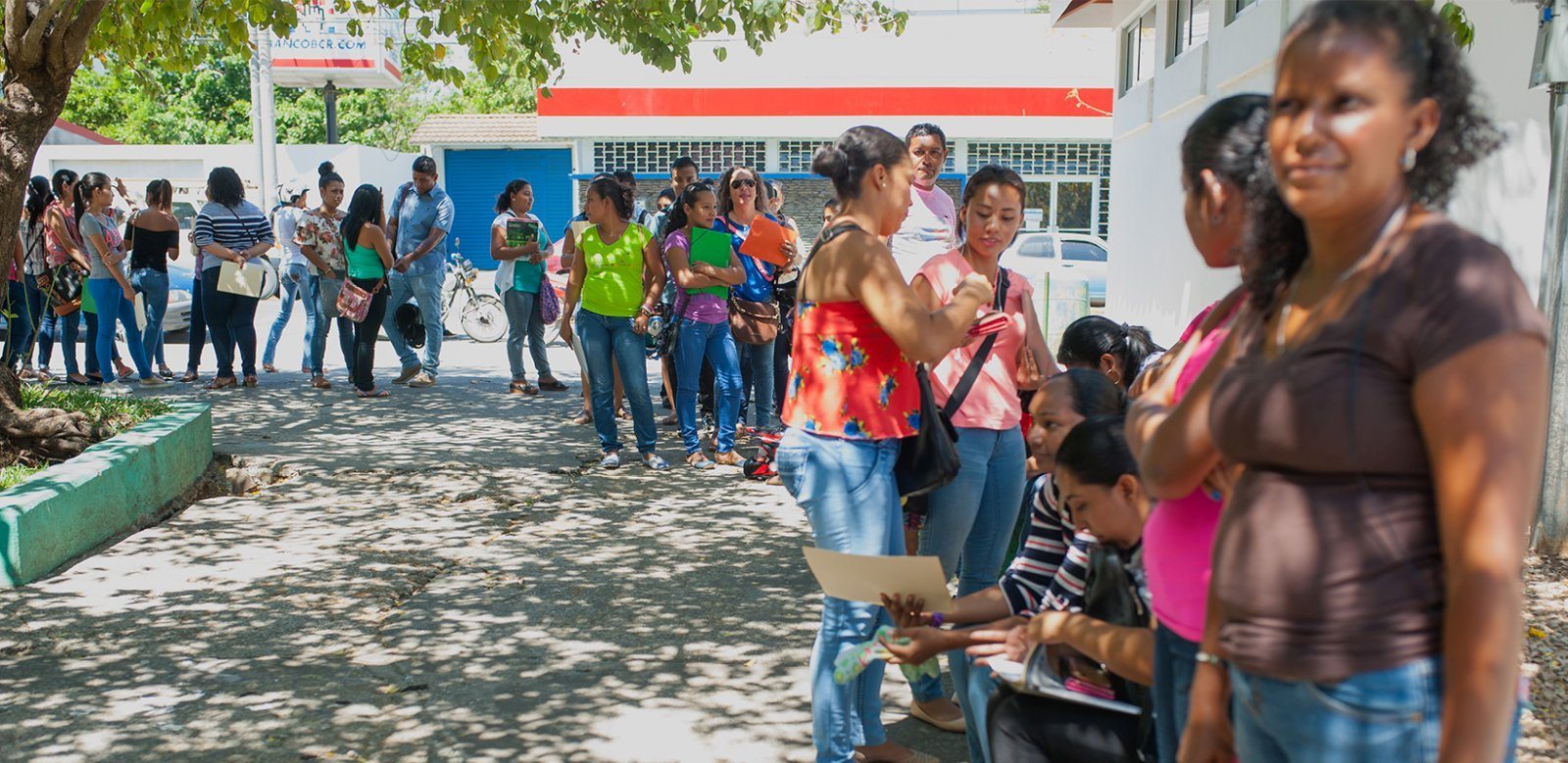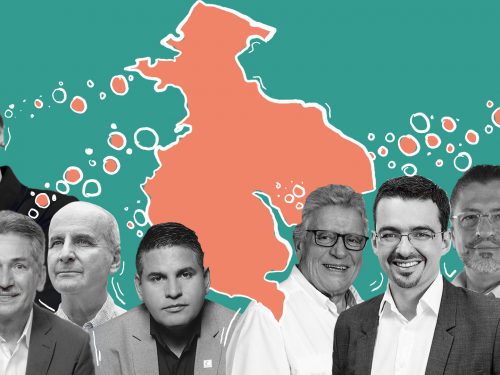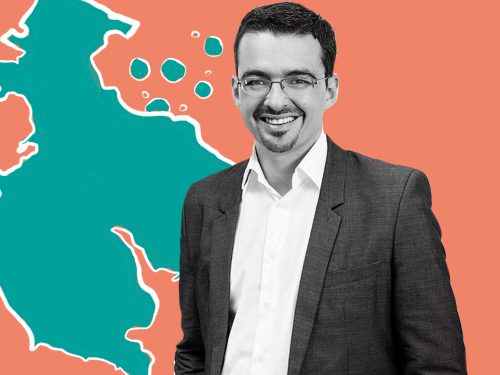
The Voice of Guanacaste analyzed the government plans of six of the candidates that lead voter intention polls done by the UCR’s Political Studies and Research Center published in November 2017: Juan Diego Castro, Antonio Álvarez, Rodolfo Hernández, Carlos Alvarado, Otto Guevara and Edgardo Araya.
Candidate Rodolfo Piza from the Social Christian Unity Party had not presented his official plan before this edition went to print.
We chose six fundamental issues for our readers based on readership metrics from our stories on the website and Facebook: Jobs, poverty, education, environment, gender and water for Guanacaste.
Guanacaste As a Protagonist
There is a general lack of region-specific proposals in the government plans that we analyzed, except in rare cases.
Of all the plans we analyzed, the National Integration Party (PIN), led by Juan Diego Castro, is the only one that doesn’t mention any policy specifically for Guanacaste.
The National Liberation Party (PLN), headed by Álvarez Desanti, mentions that he will modernize national fishing infrastructure at strategic ports and unloading zones. They include San Juanillo, Bejuco, El Coco and Cuajiniquil.
The Costa Rica Renovation Party, led by Rodolfo Hernández, asserts that the province could be considered for the creation of a high performance sports center.
The Broad Front proposes a comprehensive reform of the Papagayo tourist development’s regulatory law and helping generate production chains for ranching families in the region.
The Libertarian Party proposes giving property titles or concessions to current residents of the Gulf of Nicoya Islands and PAC focuses on the same projects that the current government has proposed in order to find a solution to the lack of water in Guanacaste.
More Jobs and Less Poverty
Guanacaste’s unemployment rate of 12.9% is the second highest of any of Costa Rica’s regions, only surpassed by the Central Pacific. Through the third quarter of this year the national employment survey indicated that there are 20,696 people in the province that don’t have a job and are seeking one.
Guevara, Desanti and Alvarado agree on reactivating regional projects by attracting national and foreign companies in order to have a direct impact on unemployment in communities outside the capital city, although they don’t specifically mention Guanacaste as one of the areas they have their sights set on.
While there isn’t clarity as to why poverty rates have fallen in the province, what is true is that it has been falling since at least 2015.
For the Broad Front Party, the Libertarian Movement and the very party that has pushed the Bridge to Development program, PAC, the continuity of this initiative will be one of the tools used to keep the poverty rate trending downward.
Education as a Priority
Education is the direct means of attacking at the root the two aforementioned problems. University education has been practically at a standstill in the province, growing only one percentage point (from 21% to 22%) between 2005 and 2016. Employers are seeking workers with English-language skills and university degrees, but those requirements aren’t fulfilled, according to a survey of 91 of the region’s tourism companies done by the Positive Horizons organization.
In order to counteract this panorama, all of the candidates’ plans propose investing in two key areas: boosting dual education and strengthening the capacities of the National Learning Institute, each with their own perspective.
Regionalizing public education is also in their government plans, but the proposals aren’t specific about how they will measure the success of this decentralization. Alvarado proposes extending the National Scholarship Fund to the different regions of the country so that students can more easily complete the procedures. Edgardo Araya “will continue” strengthening regional university campuses.
Environment and Water
Promises about water issues are hard to believe. Despite the advances of this administration, two of this government’s most important projects are still pending. One of those is the new water law, that is still in the Constitutional Court and that would establish, among other things, sanctions for those who commit crimes by opening illegal water wells in order to bring the resource to the province.
The other is the Rio Piedras reservoir, that still doesn’t have the ¢500 million ($890,000) it needs for construction.
In the case of PAC and the Libertarian Movement, their plans emphasize the need to improve water infrastructure. PAC has talked about strengthening projects like PAACUME and the Comprehensive Water Supply Project for Guanacaste.
On other environmental issues, PAC proposes creating an environmental tax on non-reusable plastic containers that would be levied on manufacturers and importers. The Broad Front hopes to create awareness about plastic containers with public campaigns.
The PLN would create a program for adapting to climate change through climatically sustainable agriculture.
Gender
In Guanacaste, the rate of violence against women is 38% higher than the average for Costa Rica.
While the candidates don’t specifically mention the issue of violence against women in the province, they all allude to the need to help the female population, above all by helping women find work and attend school through the strengthening of childcare networks.
PLN, for example, proposes simplifying procedures so that start-ups led by women can open company bank accounts.







Comments